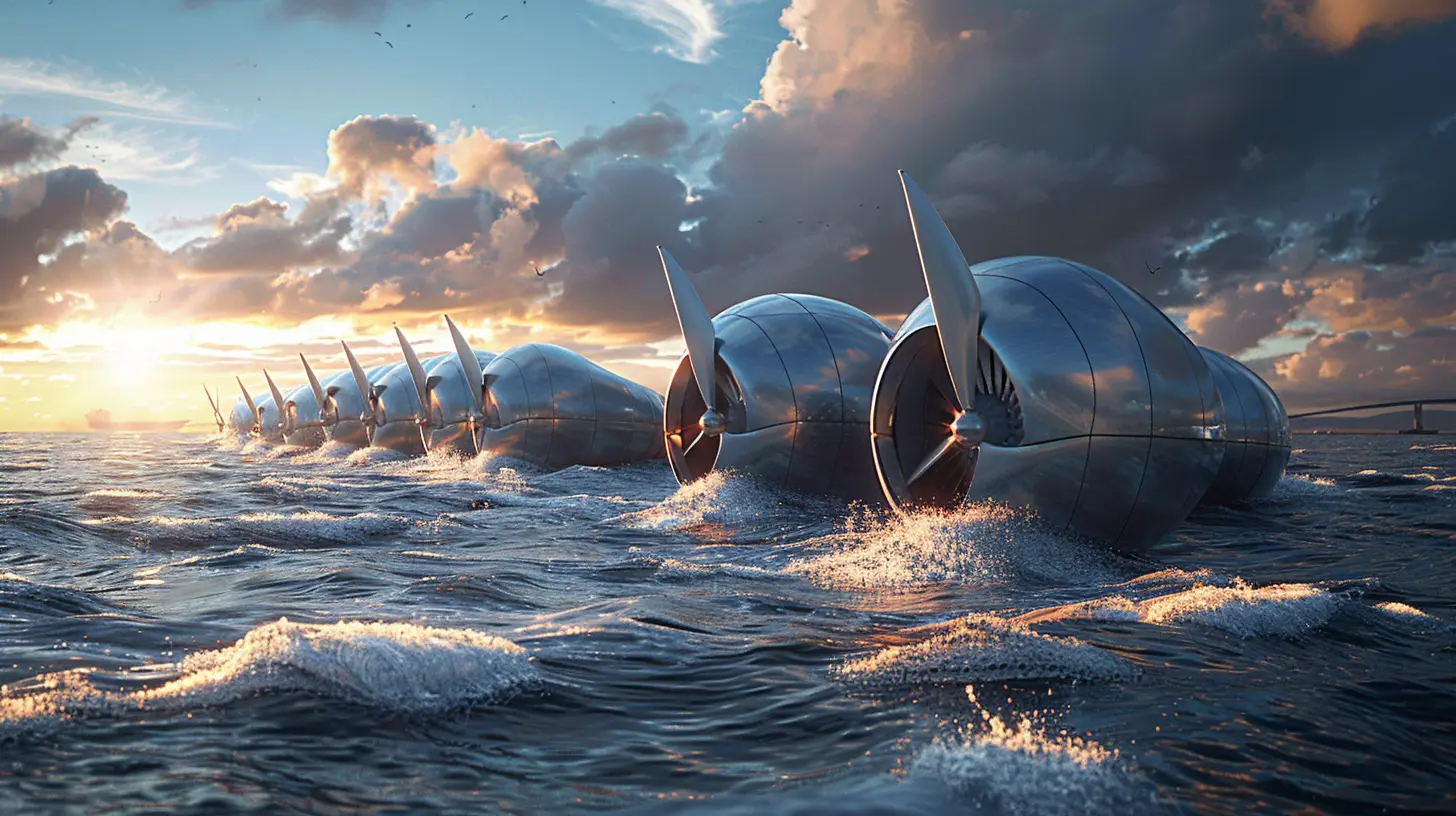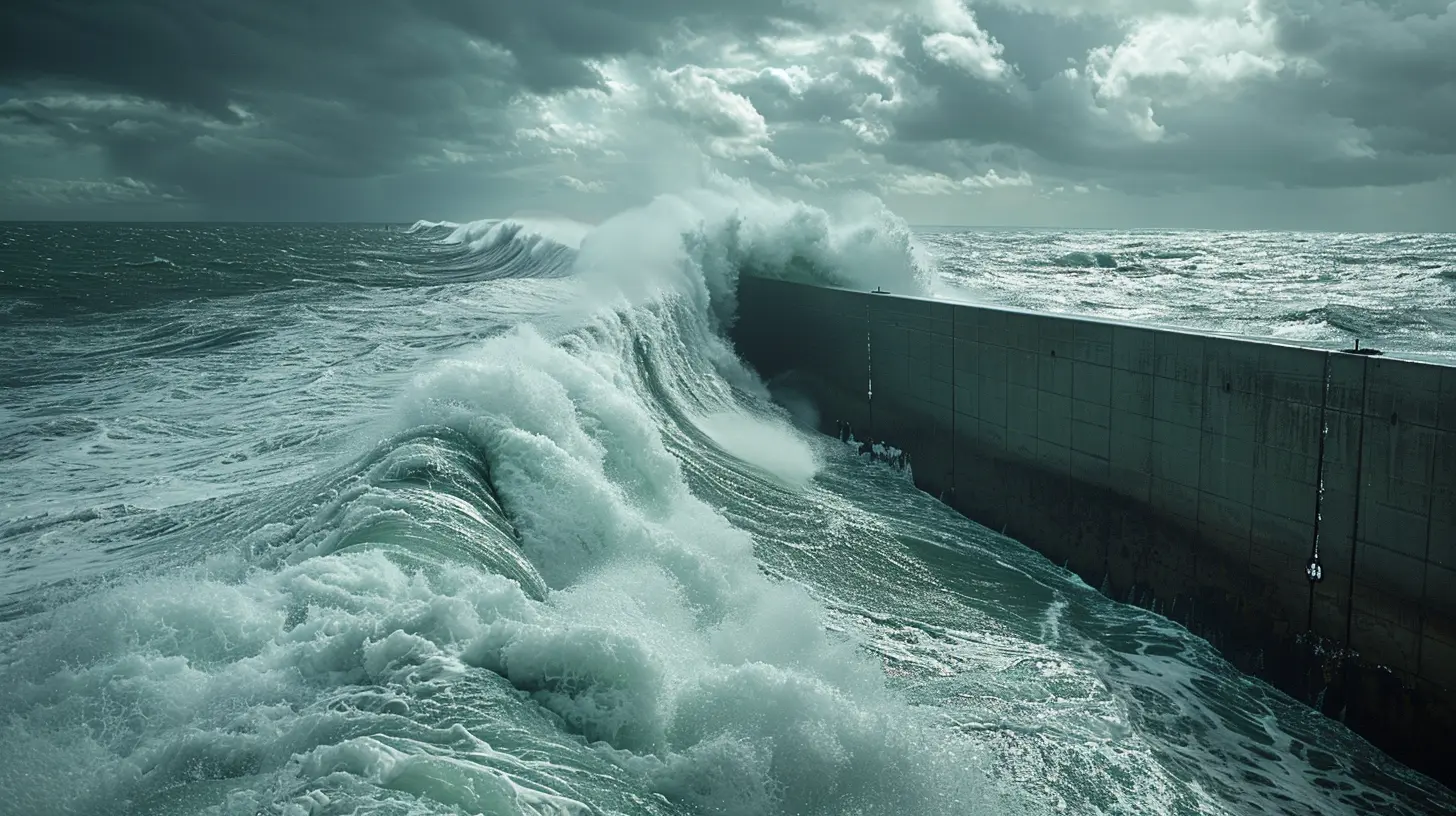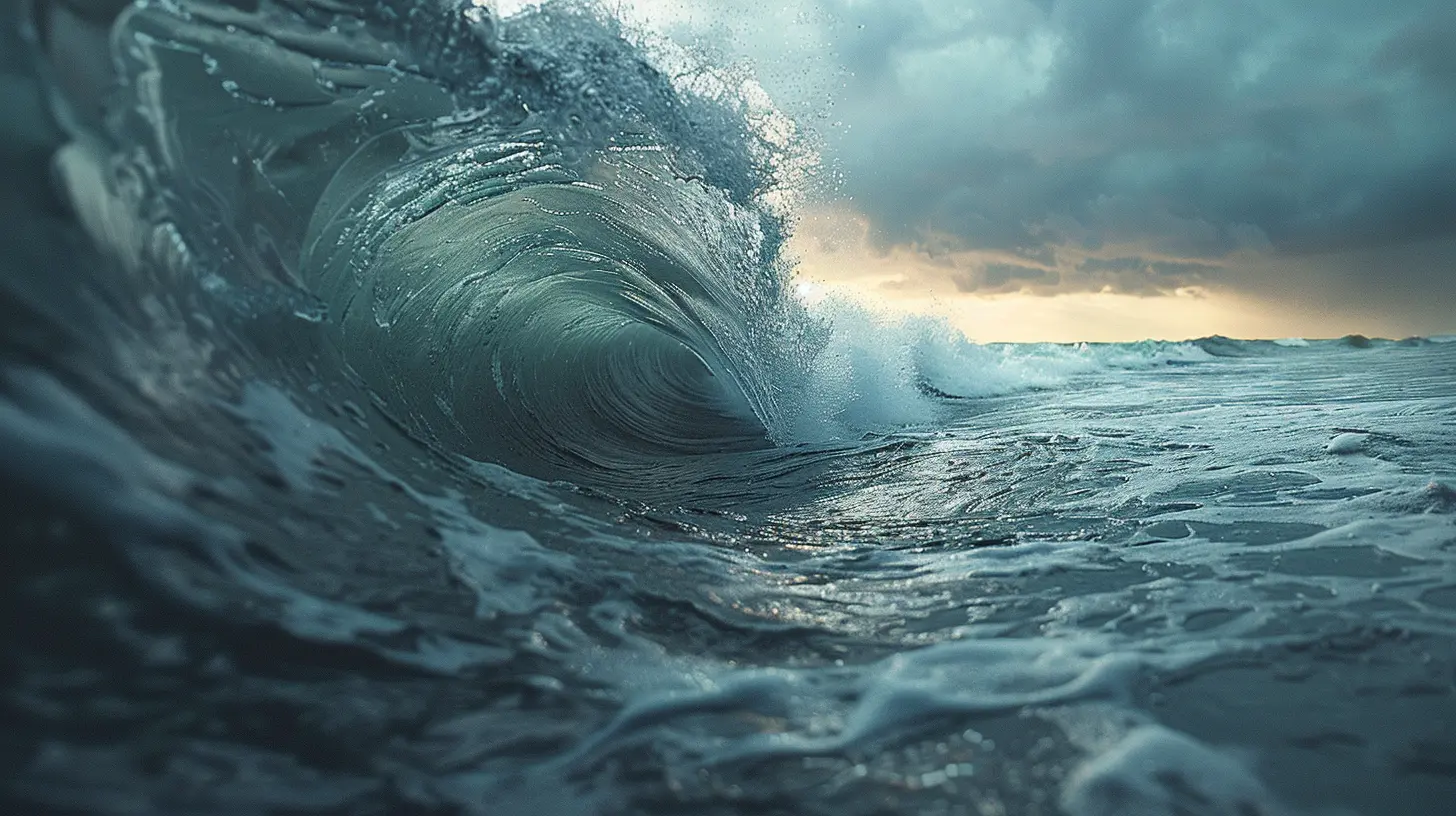The Potential of Tidal Energy: Harnessing the Power of the Oceans
20 July 2025
When we think of renewable energy, solar panels and wind turbines probably pop into our heads first. But what if I told you there's a massive, untapped power source we’re barely scratching the surface of? Yep, I'm talking about tidal energy – the power of the oceans. Our planet is over 70% water, and the ocean's tides are one of the most consistent, predictable forces in nature. So, why aren't we all-in on tidal energy yet? Let’s dive (pun intended) into the potential of tidal energy and why it could be a game-changer in the renewable energy sector.

What Is Tidal Energy?
Before we get too deep, let’s cover the basics. Tidal energy is a form of hydropower that converts the energy obtained from the rise and fall of tides into electricity. Unlike solar or wind energy, which can be inconsistent depending on weather conditions, tidal energy is highly predictable. You know exactly when high and low tides will occur, making it a reliable energy source.Tidal energy can be harnessed in two main ways:
1. Tidal Stream Systems: These use the kinetic energy of moving water to power turbines, similar to wind turbines but underwater.
2. Tidal Range Systems: These involve trapping water during high tides and releasing it through turbines during low tides, harnessing the potential energy from the difference in water levels.
How Does Tidal Energy Work?
Okay, I know what you’re thinking: "How does the back-and-forth motion of water actually turn into electricity?" Good question.In a tidal stream system, underwater turbines are placed in areas with strong tidal currents. As the water moves due to the tides, it pushes the blades of the turbines. The motion of the blades is converted into mechanical energy, which is then transformed into electrical energy through a generator.
Tidal range systems work a bit differently. They involve building a dam (called a barrage) across an estuary or bay. When the tide comes in, water is trapped behind the barrage. As the tide goes out, the water is released, flowing through turbines that convert the potential energy (from the water level difference) into electricity.

The Benefits of Tidal Energy
If you’re wondering why we should bother with tidal energy when we already have solar and wind, here’s the scoop: tidal energy has some distinct advantages that make it worth our time.1. Predictability
Unlike wind or solar power, which can fluctuate based on weather conditions, tidal energy is 100% predictable. We know down to the minute when high and low tides will occur – no guesswork involved. This makes it easier to integrate into power grids and provides a stable source of energy.2. Consistency
The tides are driven by the gravitational pull of the moon and the sun. That means they’re a never-ending source of energy. The sun may set, and the wind may stop blowing, but the oceans will always keep moving.3. Low Environmental Impact
Tidal energy systems, particularly tidal stream turbines, have a relatively low environmental footprint. Unlike fossil fuels, they don’t emit greenhouse gases, and they take up far less space than solar or wind farms. Plus, once a turbine or barrage is built, it can operate for decades with minimal maintenance.4. Durability
Tidal energy systems are built underwater, meaning they are protected from the elements like storms and extreme weather conditions that can damage solar panels or wind turbines. They’re built to last in harsh marine environments, which adds to their longevity.
Challenges of Tidal Energy
Of course, nothing’s perfect. Tidal energy, while promising, does come with its own set of challenges that need to be addressed before it can become a mainstream energy source.1. High Initial Costs
Building tidal power plants isn’t cheap. The infrastructure required – whether it's underwater turbines or barrages – is costly to install and maintain. Plus, because tidal energy is still a relatively new technology, there’s a lack of economies of scale to bring costs down.2. Location Limitations
Tidal energy systems can’t just be placed anywhere. They need to be in areas with strong tidal currents or significant differences in water levels between high and low tides. This often means that ideal locations are remote or difficult to access.3. Environmental Concerns
While tidal energy is generally considered environmentally friendly, it’s not without its potential downsides. Barrages, for example, can disrupt local ecosystems by altering water flow and impacting fish and other marine life. There’s ongoing research into how to mitigate these effects, but it’s still a consideration.4. Technological Maturity
Tidal energy technology is still in its infancy compared to solar and wind. There’s a lot of potential, but there’s also a lot of room for innovation. The efficiency of turbines, for example, is still being optimized, and new materials are being researched to better withstand the harsh ocean environment.
Current Tidal Energy Projects Around the World
Despite the challenges, several countries are already exploring the potential of tidal energy with large-scale projects. Let’s take a look at some of the most prominent tidal energy initiatives happening right now.1. Sihwa Lake Tidal Power Station, South Korea
The Sihwa Lake Tidal Power Station is currently the largest tidal power plant in the world, with an installed capacity of 254 MW. It uses a tidal barrage system and generates enough electricity to power over 500,000 homes. The project has been praised for its ability to both generate power and improve water quality in the region.2. La Rance Tidal Power Station, France
La Rance, located in Brittany, France, was the first tidal power station in the world and has been operational since 1966. With a capacity of 240 MW, it’s still one of the largest tidal power plants globally. The station operates using a barrage system and has been a pioneer in demonstrating the feasibility of tidal energy on a large scale.3. MeyGen, Scotland
MeyGen is one of the most significant tidal stream projects in the world. Located in the Pentland Firth, it aims to harness the powerful tidal currents off the coast of Scotland. Currently, the project has an installed capacity of 6 MW, with plans to expand significantly in the future.4. Bay of Fundy, Canada
The Bay of Fundy, located between the Canadian provinces of New Brunswick and Nova Scotia, is home to some of the highest tides in the world. This makes it a prime location for tidal energy projects. Several experimental turbines have been deployed in the area, and there’s hope that the Bay of Fundy could become a major hub for tidal energy in North America.The Future of Tidal Energy
So, where do we go from here? The future of tidal energy is bright, but it’s not without its challenges. The high upfront costs and location-specific nature of tidal energy make it less attractive than other renewables right now. However, as technology advances and costs come down (which, let’s face it, they almost always do), tidal energy could become a major player in the global energy market.Technological Innovations
One of the most exciting areas of development in tidal energy is the improvement of turbine designs. Companies are experimenting with new materials and configurations to make turbines more efficient and durable. For example, floating turbines that can be easily relocated depending on tidal conditions are being tested, offering more flexibility for tidal energy projects.Government Support
Governments around the world are beginning to see the potential of tidal energy and are offering incentives for research and development. As more countries commit to reducing their carbon footprints, there’s an increasing interest in developing diverse renewable energy sources, including tidal energy.Integration with Other Renewables
Tidal energy doesn’t have to compete with solar or wind – it can complement them. By integrating tidal power into the energy mix, countries can create a more stable and resilient power grid. Imagine a world where solar powers the day, wind powers the night, and tidal energy keeps things steady around the clock. That’s the dream!
Conclusion
Tidal energy, while still in its early stages, holds enormous potential. The oceans are a vast, untapped resource that could provide a consistent, predictable source of renewable energy. While there are challenges – from high costs to environmental concerns – ongoing research and development are making tidal energy more viable every day. As we continue to seek out new ways to power our world without harming the planet, tidal energy could play a crucial role in our renewable energy future. So, next time you’re at the beach watching the tide roll in, just remember – you’re looking at one of the most powerful and promising sources of energy on Earth.all images in this post were generated using AI tools
Category:
Renewable EnergyAuthor:

Michael Robinson
Discussion
rate this article
2 comments
Zaid McGillivray
Could tidal energy outpace solar and wind?
November 13, 2025 at 1:47 PM
Mallory Smith
Great article! Tidal energy is an exciting and underexplored renewable resource. I appreciate the insights on its potential benefits and challenges. Looking forward to seeing how technology evolves to harness this powerful ocean energy.
July 28, 2025 at 12:58 PM

Michael Robinson
Thank you for your kind words! I'm glad you found the article insightful. Exciting developments are indeed on the horizon for tidal energy!


